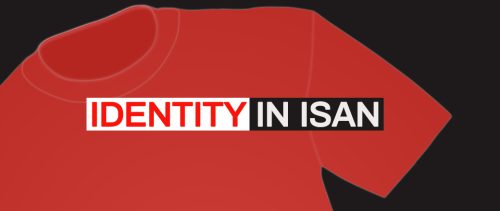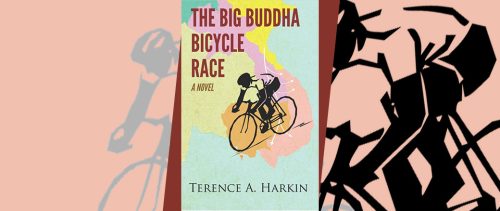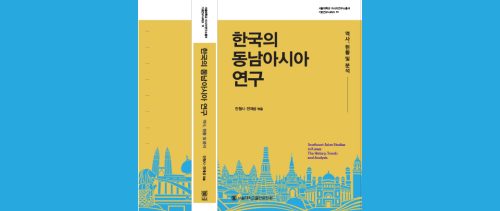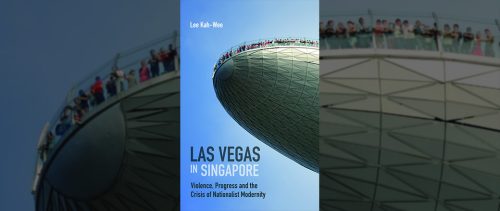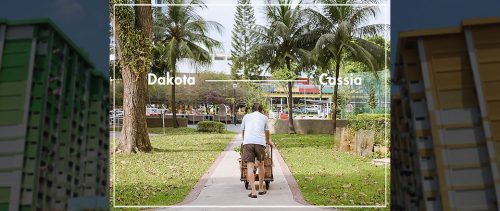
Thailand has long been perceived by outsiders as an ethnically homogenous country. This is not by accident. It reflects a purposeful government program of nation-building that began in the early 1900s to counter threats from encroaching imperial powers. 1 Understanding that shared ethnicity was the basis of European territorial principles, the Siamese government, for example, ceased referring to the peoples of Lanna and the Khorat Plateau as Lao, giving them instead regional designations: Northern Thai and Northeastern Thai, respectively. This was the official narrative of the Thai nation for decades, and it was centered firmly on nation, religion, and monarchy, which meant: a homogenous ethnically Thai nation speaking a unified Thai language (Central Thai); the Buddhist religion with a new, highly centralized sangha (order of monks); and the Siamese monarchy, with the royal families of the newly incorporated regions gradually being phased out. 2
The nationalist project came under stress as Thailand underwent rapid economic development in the second half of the 20th century. With greater financial security, Thais increasingly valued self-expression, and there began a flowering of local cultures, heritage sites, regional histories, and regional languages in the 1990s. In 1995, Charles Keyes wrote: “The identities of Tai-speaking peoples are very much in flux as these people rethink their genealogies so as to situate themselves in worlds that have been radically changed.” 3 This ethnoregionalism, to use Keyes’ term, spread beyond the Malay South and the Hill Tribe Minorities, which had long been recognized as Thailand’s little bit of diversity. In fact, ethnoregional groups currently account for 47% of the country’s population. Understanding the extent to which these groups have adopted nationalism and/or cultivated a distinct regional identity is thus an interesting and important question.
Nationalism has reemerged at the center of Thai politics in the last two decades. On the back of feelings of national humiliation as a result of the 1997 Financial Crisis, the nationalist Thais Love Thais party (TRT) swept to power in 2001. This new political actor challenged the established elites and the official nationalism that had been in place since the early 1900s. The latter found voice in the form of those who donned yellow shirts and organized mass street protests against TRT and its charismatic leader, Thaksin Shinawatra. The 2006 coup swung the pendulum back to the Yellow Shirts, but loyal TRT supporters, who mostly hailed from the Northern and Northeastern regions, responded with zeal. Donning red shirts, they also took to the streets. Subsequent elections in 2007, 2011, and 2014 solidified regional voting patterns, and the political conflict began to be framed increasingly as not just a North-South political divide, but a conflict over the nature of Thai nationalism–who was and could be a Thai, how true Thais should act, and what constituted a betrayal of the nation. The 2014 coup sought to firmly put an end to these debates. Crushing TRT and its supporters, Prayuth’s junta promulgated a new program of 12 Values, a list of behaviors and beliefs that true Thais adopt. However, in the most recent elections in 2019, the same regional voting patterns persisted.
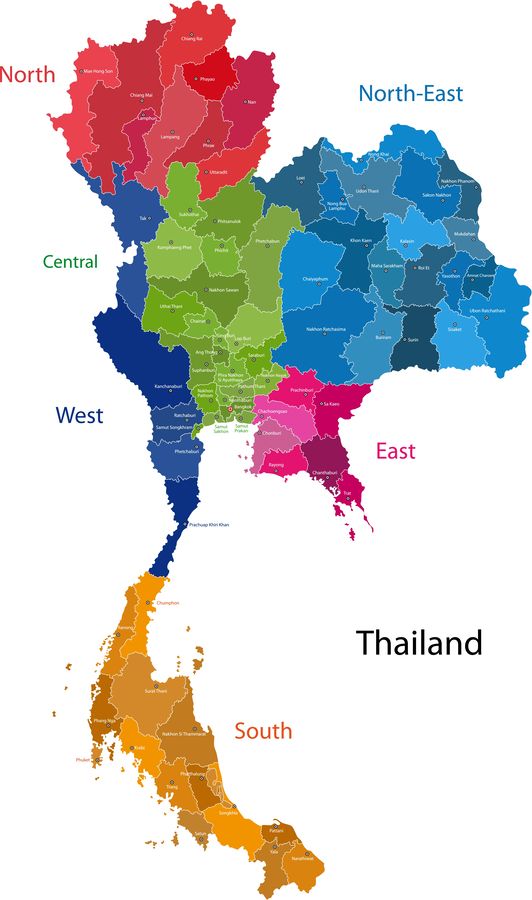
The articles in this collection pose a number of different questions related to regional and local identities. How successful has the Thai nationalism project been? What are the markers of such success? To what extent does the Thai identity compete with, supplant, or coexist with local or regional identities? Among the various regional and local identities that exist, which are the most salient, and why? To what extent do regional patterns in political behavior reflect or reinforce distinct regional or ethnic identities? How does the growing emphasis on regional history and the preservation of local heritage sites reflect and reinforce broader questions of regional identity? How does the presence and actions of the central Thai state demarcate regional identity and shape or limit its expression?
The authors in this volume tackle these questions using a variety of methods and approaches, including ethnography, qualitative interviews, and analysis of survey data. They also examine these questions in different geographic contexts. Ajirapa considers how Malay identity in Southern Thailand is expressed via the promotion of Islam and the Yawi language. Saowanee and Ricks examine the relationship between political, regional, and ethnic identities in the Northeast (Isaan). Finally, Easum and Selway each focus on the expression and promotion of the Lanna identity in Northern Thailand.
Among the interesting insights these articles yield are the following. First, in much of Thailand the Thai nation-building project has been an unqualified success. Individuals in the North and Northeast, for example, are outspoken about considering themselves Thai, and regional identities, to the extent they are salient, do not compete with but rather exist alongside a national identity. Second, while expressions of local and regional identities are allowed by the central state, certain types of identities, for example, khon pattani, remain politically off-limits. This shapes the strategies available for local actors seeking to claim or promote a local or regional identity. And finally, several of the articles highlight the fact that identity is an expressive act. Laying claim to a Thai identity can be a way to assert rights to the full privileges of citizenship. Promoting a local or regional identity, on the other hand, can be part of a process of boundary demarcation and asserting ties to a common local history distinct from the central Thai, as well as Central Thai, state.
Joel Selway and Allen Hicken
Issue Editors –
Main articles in six languages – English, Bahasa Indonesia, Thai, Japanese, Vietnames and Filipino
Article One
Identity in Isan and the Return of the Redshirts in the 2019 Elections and Beyond
Identitas di Isan dan Kembalinya Kelompok Kaus Merah dalam Pemilu 2019 dan Sesudahnya
อัตลักษณ์ในอีสานและการกลับมาของ “คนเสื้อแดง” ในการเลือกตั้งปี 2562 และอนาคตข้างหน้า
イサーンにおけるアイデンティティと2019年選挙、その他における赤シャツの再来
Bản sắc ở Isan và sự trở lại của Phong trào Áo đỏ trong các cuộc bầu cử 2019 và ở những lĩnh vực khác ở Thái Lan
Identidad sa Isan at ang Pagbabalik ng mga Redshirt sa Halalang 2019 at Lampas pa
Article Two
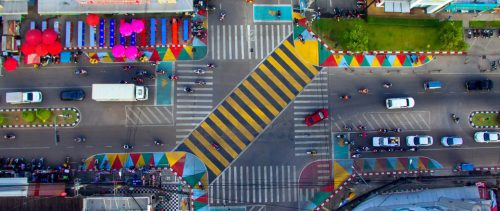
Integration despite Exclusion: Thai National Identity among Isan People
Integrasi meski dikucilkan: Identitas Nasional Thailand di kalangan Orang Isan
หลอมรวมทั้งที่กีดกัน: อัตลักษณ์ชาติไทยในหมู่ชาวอีสาน
排除の中での統合、イサーン人のタイ国民のアイデンティティ
“Hội nhập bất chấp Loại trừ: Bản sắc dân tộc Thái của những người Isan
Integrasyon sa kabila ng Ekslusyon: Ang Pambansang Pagkakakilanlan na Thai sa mga Mamamayan ng Isan
Article Three

Islam and Yawi Language: Domains for Expression and Promotion of Malay Identity in the Deep South of Thailand
Islam dan Bahasa Yawi: Wadah Ungkapan dan Promosi Identitas Melayu di Ujung Selatan Thailand
อิสลามกับภาษายาวี: อาณาบริเวณสำหรับการแสดงออกและส่งเสริมอัตลักษณ์มลายูในกลุ่มจังหวัดชายแดนภาคใต้ของประเทศไทย
イスラーム教とヤーウィ語 ―タイ深南部におけるマレー系アイデンティティの表現と推進のための領域
Ngôn ngữ Hồi giáo và Yawi: Các lĩnh vực thể hiện và quảng bá bản sắc Malay ở miền cực Nam Thái Lan
Mga Wikang Islam at Yawi: Mga Larangan para sa Pagpapahayag at Pagtataguyod ng Identidad na Malay sa Malalim na Timog ng Thailand
Article Four
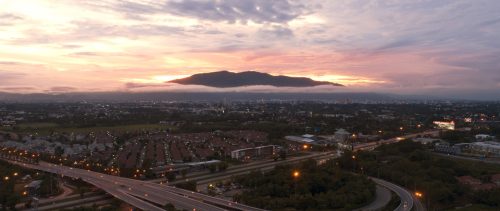
Local Identity, National Politics, and World Heritage in Northern Thailand
Identitas Lokal, Politik Nasional, dan Warisan Dunia di Thailand Utara
อัตลักษณ์ท้องถิ่น การเมืองระดับชาติและมรดกโลกในภาคเหนือของประเทศไทย
Ngôn ngữ Hồi giáo và Yawi: Các lĩnh vực thể hiện và quảng bá bản sắc Malay ở miền cực Nam Thái Lan
Lokal na Pagkakakilanlan, Pulitikang Pambansa, at Pamanang Pandaigdig sa Hilagang Thailand
Article Five
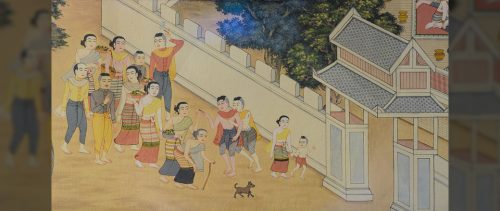
Thai National Identity and Lanna Identity in Northern Thailand
Identitas Nasional Thailand dan Identitas Lanna di Thailand Utara
อัตลักษณ์ชาติไทยกับอัตลักษณ์ล้านนาในภาคเหนือของประเทศไทยタイ北部におけるタイ国民のアイデンティティとラーンナー人アイデンティティ
Bản sắc quốc gia Thái và Bản sắc Lanna ở Bắc Thái Lan
Ang Identidad na Pambansa at Identidad na Lanna sa Hilagang Thailand
Book Reviews –
From Issue 27, Kyoto Review of Southeast Asia, (MARCH 2020)
|
|
|
|
|
|
|
|
|
|
Notes:
- Winichakul, Thongchai. (1997). Siam Mapped: A History of the Geo-body of a Nation. University of Hawaii Press. ↩
- Chiang Mai, for example, was an independent kingdom in the North whose royal family lasted until 1939. ↩
- Charles F. Keyes, ‘Who are the Tai? Reflections on the Invention of Local, Ethnic and National Identities,’ in Lola Romanucci-Ross and George A. De Vos (eds), Ethnic Identity: Creation, Conflict and Accommodation (third edition) (Alta Mira Press, Walnut Creek, CA., 1995), p. 151. ↩

